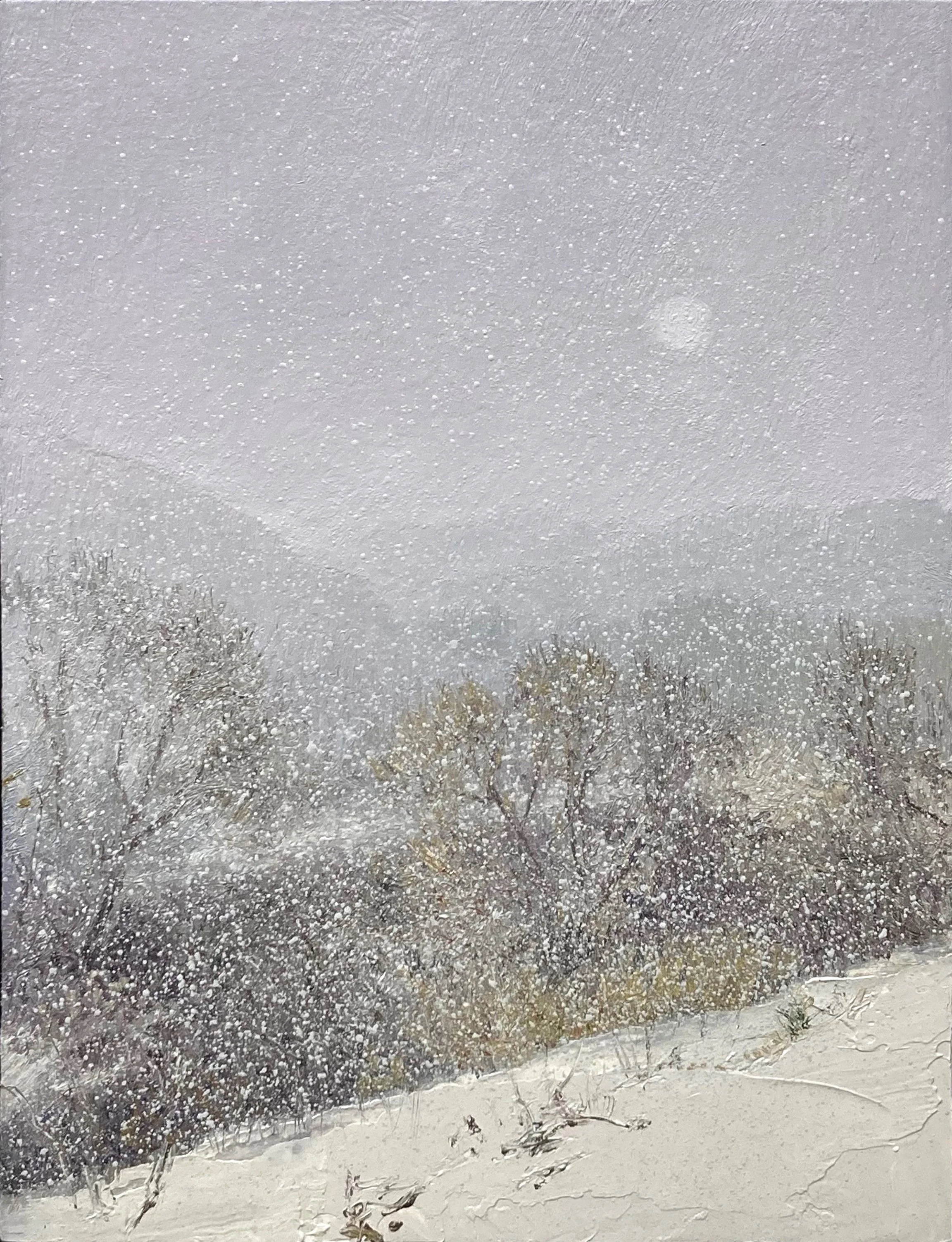Wilhelm Neusser
Wilhelm Neusser was born in Cologne, Germany. From 1997 to 2001, he studied at the Staatliche Akademie der Bildenden Künste in Karlsruhe. He was also a guest student in art history and theory at the Hochschule für Gestaltung Karlsruhe. After his studies, Neusser lived and worked in Cologne until relocating to the United States in 2011. Neusser's work has been widely exhibited and he has received numerous awards and fellowships, including ZVAB Phönix Art Prize, Tutzing am Starnberger See, 2007; International Artist in Residence, Boots Contemporary Art Space, St. Louis, 2009; Artist Research Trust (A.R.T), 2015. He currently lives and works in Somerville, Massachusetts.
In July 2016, Neusser was featured in New England contemporary arts magazine Big Red & Shiny in an interview written by gallery co-owner Jim Kiely.
Neusser designed a special site-specific installation, titled ELSEWHERE - Provincial Perspectives, for the Goethe Institut in Boston, which ran in September, 2017. Read Jim Kiely's review of the exhibition here.
Neusser was featured in the exhibition The Lure of the Dark at the Massachusetts Museum of Contemporary Art in 2018; in 2019, Neusser created a new body of work, titled Pastoral Present, in response to specific Hudson River School paintings in the collection of the Fruitlands Museum in Harvard, Massachusetts.
Reflecting on my own Rhenish upbringing, my current work explores the German notion of Heimat (home)…These works are part of the larger A German Pastoral series, which examines the tradition of 19th-century German landscape painting and its transatlantic reverberations in the Hudson River School - the German-born American painter Albert Bierstadt in particular. Here, scenery is constructed; the compositional structure stabilizing and domesticating the direct experience of nature. What was for these earlier artists an idyll may reveal itself in my own work as an oppressive dawn. The peaceful world is breaking up, if not already wholly deteriorating. A German Pastoral draws a line from an historic tradition to our contemporary global world. The present arrives on the stage in the guise of a bygone era.





















